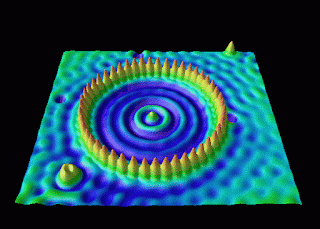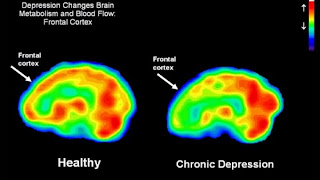The idea of space is very important when it comes to my
major in college because it defines all relationships of objects. As a Geography/Environmental Studies major at
UCLA, the idea of space versus place is covered as a concept of
information. A place is a coordinate
space that has a meaning or an attribute given by humans to it. The meaning behind a building is that we call
it so as we see it in space. Space is a
combination of many different arts, but I like how naturally artistic space is
and how fascinated humans are with the natural occurrences of the known world.
The fascination of space objects leads back to a classic
phenomenon that occurs about every 75 years, the sighting of Halley’s comet. (Space.com)
Halley’s comet is an event that people and media rave about when it is coming
near the time for it to intersect paths with Earth. The temporal space that allows it to be seen
every 75 years puts the comet in an artistic constant that allows people to
hype the occasion, and beautiful photos of the natural phenomenon occur to
preserve the once in a lifetime moment.
Astrologist from all countries sent out probes and spacecrafts to
capture the day that Halley’s comet passed by close enough to Earth for it to
be recorded. The beauty of a large object burning up in space has marveled
humans because it shows a product of places we will never go and things too
foreign to make sense of. The art in
Halley’s comet it that it stretches the human mind to think beyond our normal
scope of life.
Another fascination in space is the existence of black
holes. The idea of a singular point
being so dense in mass that it takes in all other is hard to understand if you
think about it. The black hole is also
an artistic nightmare because you can never really get close enough to it to
depict the emotions and attributes that form its nature, due to it would suck
you into its dense point. The depictions
of a black hole are all artistic renderings, and they all show the destructive
power that comes with the spatial effects of a black hole. In all media, the black hole is seen as a
devastating act of nature to be feared, just as space has always been seen as a
vast space of fear and unknown.
Works Cited/Links
Howell, Elizabeth. "Halley's Comet: Facts About the
Most Famous Comet." Space.com. 20 Feb. 2013. Web. 27 May 2015.
<http://www.space.com/19878-halleys-comet.html>.
Gefter, Amanda. "The Strange Fate of a Person Falling
into a Black Hole." BBC Earth. 25 May 2015. Web. 27 May 2015.
<http://www.bbc.com/earth/story/20150525-a-black-hole-would-clone-you>.
"The Return of Halley's Comet." ASP. 1985. Web. 27
May 2015. <http://astrosociety.org/edu/publications/tnl/01/01.html>.
"Halley's Comet Returns in Bits and Pieces." NASA
Science. Web. 27 May 2015. <http://science.nasa.gov/science-news/science-at-nasa/1998/ast20oct98_1/>.
"Black Holes." NASA Science. Web. 27 May 2015.
<http://science.nasa.gov/astrophysics/focus-areas/black-holes/>.












.jpg)

